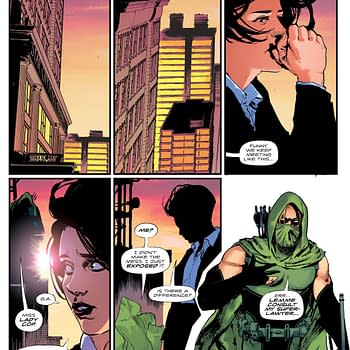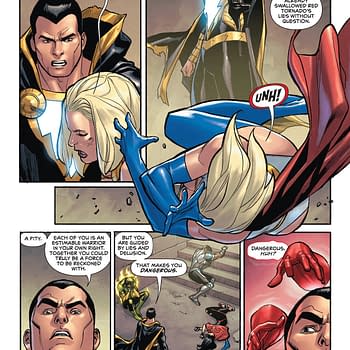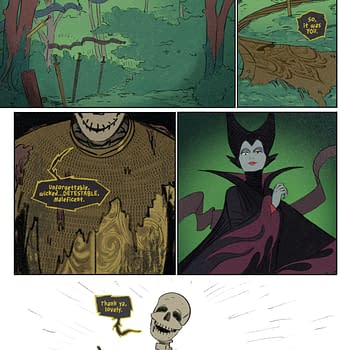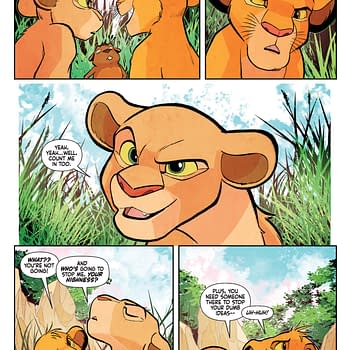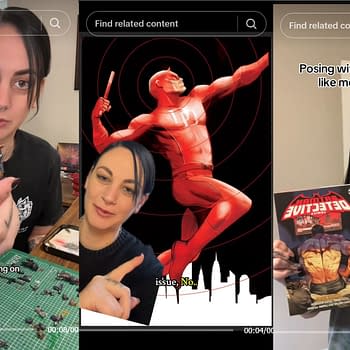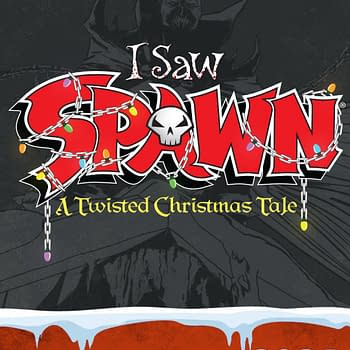Posted in: Comics, Image | Tagged: Comics, economics, inflation, Mark Millar
Mark Millar Slashes Price of Night Club, Hopes Industry Will Follow
Superstar comic book writer Mark Millar hopes to change the industry paradigm of charging more and more money for the same amount of comic book. Millar announced today that he will cut the price of Night Club by half the industry norm, selling the book for $1.99, a price more in line with what comics cost two decades ago. Millar dropped the news in an EX-X-XCLUSIVE CBR article that reads like a more polite version of what we've been saying about comic prices for the last ten years, first at The Outhousers and later here at Bleeding Cool.
"Th' biggest thing ah hear in comic stores is that comic books ur tae dear 'n' a' body is absolutely richt," said Millar in the article. "Ah mind thaim creeping up tae three dollars 'n' then four dollars became th' norm 'n' noo a'm seeing five 'n' six dollars fur a single issue whin ye generally read thaim in aboot ten minutes."
That's true, of course. Millar went on to soften his criticism by claiming to understand that overhead and paying creators properly drives up the cost to make comics, though it's difficult to make the case that creators at Marvel and DC are actually paid properly. In truth, most of the money that comes from comics goes directly to the profits of the big publishers' corporate overlords, and that's just for the books themselves, not the billions of dollars made from adaptations and licensing. But like we said — it's a more polite version of all that stuff we've been saying over the years.
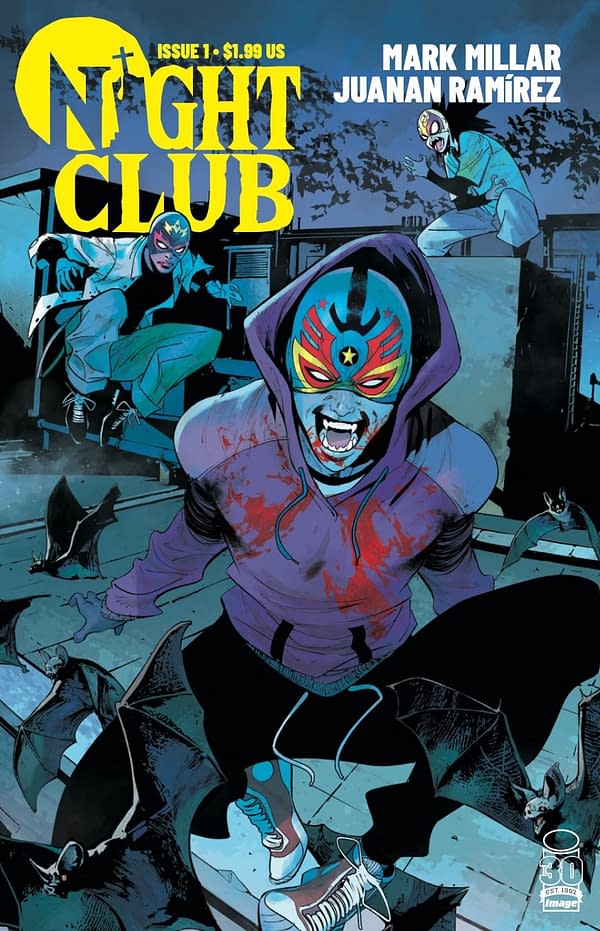
"Upping prices a' th' time seems lik' a ill shift whin fowk ur tightening thair belts in th' real world sae ah pure wantae gie this a huv a go. Ilka time th' prices hae changed in comics sin Major Malcolm Wheeler-Nicholson gave us Detective Comics a'maist 90 years ago they've gaen north instead o' sooth," Millar continued. "This is therefore th' foremaist time in comics history someone haes gaen in th' opposite direction 'n' charging LESS dosh fur thair muckle freish book. Sure, it means we hae tae sell twa times as mony copies tae mak' th' identical dosh, bit if this wirks 'n' does as weel as ah think it wull tis something ah pure wantae see Marvel 'n' DC replicate. This cuid be a game-changer fur a' body. Th' creative gang aye git paid th' identical muckle bucks 'n' th' punter gets thair comics at half-price. Tis perfect."
Millar is known for maybe, possibly, sometimes using a little bit of hyperbole, and that's true here as well. Millar isn't the first person to ever sell a comic for less than the standard industry price, and whether it actually constitutes a reversal of trends will depend on how successful it is and whether the big publishers follow suit, which, given their track record, seems unlikely. But it's a promising idea.
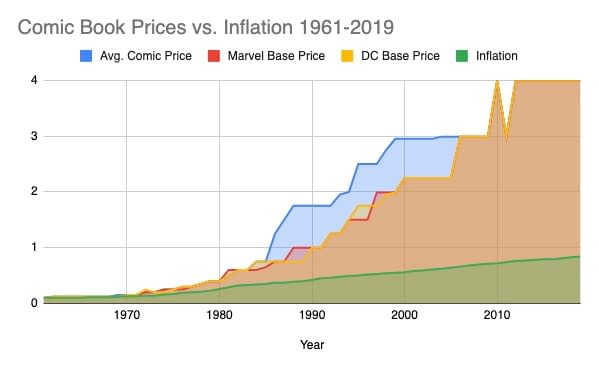
Comics were never meant to be a luxury item. They're meant to be mass entertainment, which means they should be affordable to the masses. Assuming you can even get a comic in front of a potential new comic reader to buy — something that almost has to happen digitally, since the physical objects are sold mostly in speciality stores one wouldn't go to unless they were already intending to purchase comics — nobody is going to decide to try one fifth of a story for close to five bucks. It's more than what most people would consider for an impulse purchase. Two bucks, however falls more in the realm of a purchase someone wouldn't have to think about making if they wanted to see what Batman is up to and haven't read a comic before. Of course, then you have to get them hooked, and comics aren't exactly the most new-reader friendly these days, usually dealing in insular, continuity-heavy decompressed stories that are written for the trade but serialized in order to squeeze addicted readers for as much money as possible… but we're gonna have to take this one step at a time.
Previously, we wrote about how comic prices have increased in recent decades at a rate that far outstrips inflation, and how they have increased at rates disproportionate to the other forms of entertainment they compete with, like movie tickets and video games, and you can view the graphs we made back then here in this article. Millar's price drop would bring Night Club more in line with what comics would cost if they followed inflation. The ten cents Action Comics #1 sold for in 1938 would be about $2.10 in today's money (and that's with a sharp spike in inflation over the last year).
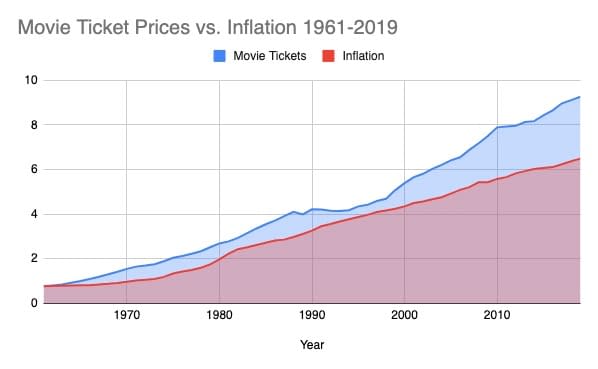
Selling comics for less money and therfore selling more copies is a simple idea and a good one, but whether Millar's experiment will be a good indicator of success is questionable. A better test would be to take a property people are already familiar with — Batman or the X-Men for example — and see if selling that for cheaper results in an exponential increase in sales. Millar's book may have an audience limited to a subsection of the existing overall comics readership, which doesn't seem to ever top 100,000 or so actual people (comic sales higher than that tend to be driven by variant cover schemes that incentivize retailers purchasing more copies of comics than they can actually sell to people in order to obtain variant cover versions they can sell for much higher prices). But again, it's a start, and we hardly blame him for trying something we've been begging someone to try for the last ten years. So bravo, Mark Millar… we're rooting for you.





